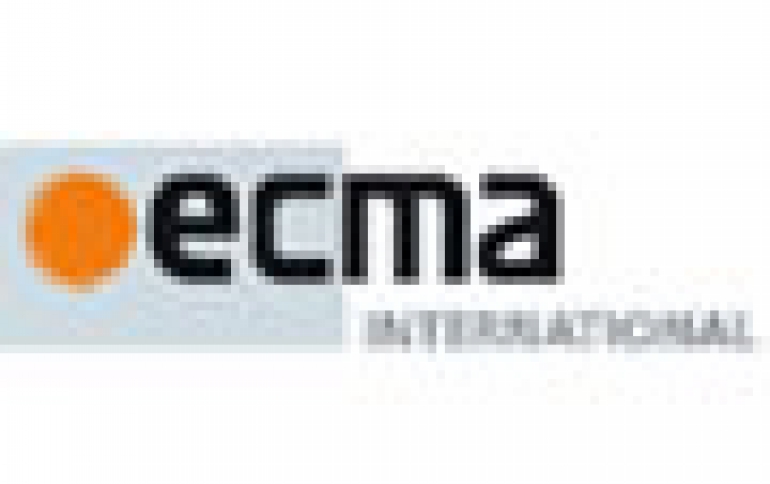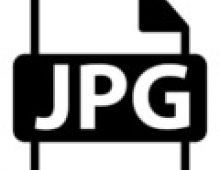
ECMASCript 5th Edition Has Been Approved
The Ecma General Assembly held on December 3, 2009 in Mountain View, CA, USA has approved the new Edition of the ECMAScript language standard, which is more commonly known by the name JavaScript.
After interoperability and web compatibility testing the final draft standard was submitted on October 4, 2009 to the Ecma General Assembly for ratification as an Ecma Standard. Now after successful approval the 5th Edition of ECMAScript has been forwarded to ISO/IEC JTC 1 for fast-track approval.
This revision of ECMA-262 will be known as ECMAScript, Fifth Edition. It was previously developed under the working name ECMAScript 3.1, which will no longer be used. ECMAScript is the scripting language that is used to create web pages with dynamic behavior. It is is one of the core standards that enable the existence of interoperable web applications on the World Wide Web.
The Fifth Edition codifies de facto interpretations of the language specification that have become common among browser implementations and adds support for new features that have emerged since the publication of the Third Edition. Such features include accessor properties, reflective creation and inspection of objects, program control of property attributes, additional array manipulation functions, support for the JSON object encoding format, and a strict mode that provides enhanced error checking and program security.
The last major revision of the ECMAScript standard was the Third Edition, published in 1999. After completion of the Third Edition, significant work was done to develop a Fourth Edition. Although development of a Fourth Edition was not completed, that work influenced ECMAScript, Fifth Edition and is continuing to influence the ongoing development of ECMAScript. Work on future ECMAScript editions continues as part of the previously announced ECMAScript Harmony project.
After a testing and validation phase of the project during the summer of 2009 where TC39 members created and tested implementations of the candidate specification to verify its correctness and the feasibility of creating interoperable implementations. The test implementations were also used for web compatibility testing to ensure that the revised specification remained compatible with existing web applications. TC39 members Apple, Google, Microsoft, Mozilla, Opera, and Yahoo have participated in this testing process. Technical errors and ambiguities have been be resolved during this process, and the final draft of the specification was agreed upon in September 2009 by Ecma TC39 for submission to the Ecma General Assembly for final approval in December 2009. The standard was approved by the Ecma General assembly with overwhelming majority on December 3, 2009. After the successful approval the new edition of the standard was submitted to the ISO Secretariat for a fast-track approval by ISO/IEC JTC 1 for revision (3rd Edition) of ISO/IEC 16262.
The ECMAScript, Fifth Edition Specification is now publicly available from the Ecma International web site.
Istvan Sebestyen, Secretary General of Ecma International said "After the very successful ECMAScript Third Edition a decade ago we are very proud that the next Edition of the standard could finally be approved by the Ecma General Assembly, as the ECMAScript standard is the most popular standard in Ecma that by itself generates more than 40% of all standards? downloads from the Ecma web-site." The Chairman of Ecma TC39 and Vice President of Ecma International, John Neumann, commented "This accomplishment represents the culmination of a major effort on the part of TC39 members to bridge the differences among the vendors and has resulted in a solid technical specification that will further interoperability among Web browsers."
This revision of ECMA-262 will be known as ECMAScript, Fifth Edition. It was previously developed under the working name ECMAScript 3.1, which will no longer be used. ECMAScript is the scripting language that is used to create web pages with dynamic behavior. It is is one of the core standards that enable the existence of interoperable web applications on the World Wide Web.
The Fifth Edition codifies de facto interpretations of the language specification that have become common among browser implementations and adds support for new features that have emerged since the publication of the Third Edition. Such features include accessor properties, reflective creation and inspection of objects, program control of property attributes, additional array manipulation functions, support for the JSON object encoding format, and a strict mode that provides enhanced error checking and program security.
The last major revision of the ECMAScript standard was the Third Edition, published in 1999. After completion of the Third Edition, significant work was done to develop a Fourth Edition. Although development of a Fourth Edition was not completed, that work influenced ECMAScript, Fifth Edition and is continuing to influence the ongoing development of ECMAScript. Work on future ECMAScript editions continues as part of the previously announced ECMAScript Harmony project.
After a testing and validation phase of the project during the summer of 2009 where TC39 members created and tested implementations of the candidate specification to verify its correctness and the feasibility of creating interoperable implementations. The test implementations were also used for web compatibility testing to ensure that the revised specification remained compatible with existing web applications. TC39 members Apple, Google, Microsoft, Mozilla, Opera, and Yahoo have participated in this testing process. Technical errors and ambiguities have been be resolved during this process, and the final draft of the specification was agreed upon in September 2009 by Ecma TC39 for submission to the Ecma General Assembly for final approval in December 2009. The standard was approved by the Ecma General assembly with overwhelming majority on December 3, 2009. After the successful approval the new edition of the standard was submitted to the ISO Secretariat for a fast-track approval by ISO/IEC JTC 1 for revision (3rd Edition) of ISO/IEC 16262.
The ECMAScript, Fifth Edition Specification is now publicly available from the Ecma International web site.
Istvan Sebestyen, Secretary General of Ecma International said "After the very successful ECMAScript Third Edition a decade ago we are very proud that the next Edition of the standard could finally be approved by the Ecma General Assembly, as the ECMAScript standard is the most popular standard in Ecma that by itself generates more than 40% of all standards? downloads from the Ecma web-site." The Chairman of Ecma TC39 and Vice President of Ecma International, John Neumann, commented "This accomplishment represents the culmination of a major effort on the part of TC39 members to bridge the differences among the vendors and has resulted in a solid technical specification that will further interoperability among Web browsers."



















